Home>Garden Essentials>How To Grow Cilantro From Seed Indoors
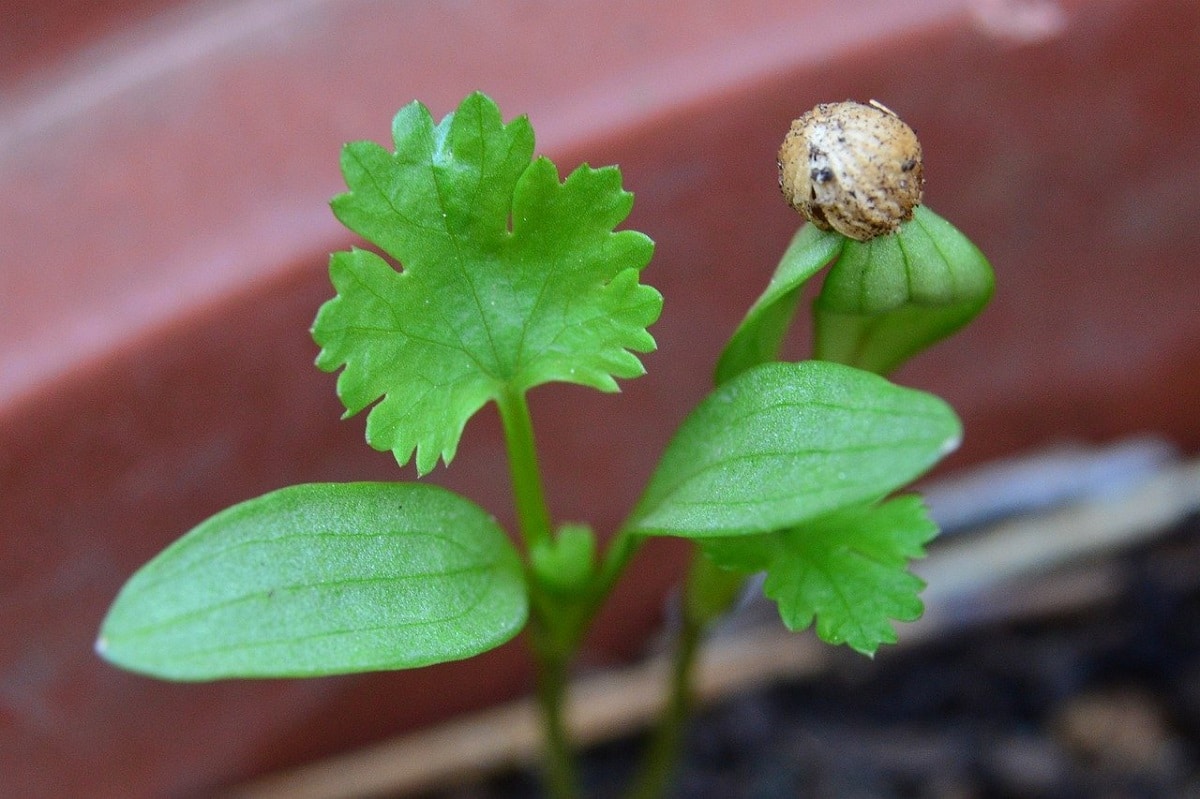

Garden Essentials
How To Grow Cilantro From Seed Indoors
Modified: March 15, 2024
Learn how to grow cilantro from seed indoors and create your own garden oasis. Follow our step-by-step guide to successfully cultivate fresh cilantro year-round.
(Many of the links in this article redirect to a specific reviewed product. Your purchase of these products through affiliate links helps to generate commission for Storables.com, at no extra cost. Learn more)
Introduction
Welcome to the wonderful world of gardening! If you’re an avid cilantro lover and want to enjoy this flavorful herb year-round, then growing cilantro from seed indoors is a great option. Not only does it allow you to have a steady supply of fresh cilantro leaves right at your fingertips, but it also gives you complete control over the growing conditions, ensuring optimal growth and flavor.
Whether you’re a beginner gardener or have some experience under your belt, this guide will provide you with all the information you need to successfully grow cilantro from seed indoors. From choosing the right seeds to transplanting seedlings, we’ll cover each step of the process to help you achieve a bountiful harvest of this aromatic herb.
Cilantro, scientifically known as Coriandrum sativum, is a popular herb in Mexican, Middle Eastern, and Asian cuisines. Its vibrant green leaves, often referred to as coriander leaves, add a refreshing and citrusy flavor to various dishes, including salsas, salads, curries, and soups. By growing cilantro indoors, you can enjoy its delicate taste and aroma all year long.
So, let’s roll up our sleeves, gather our gardening tools, and get ready to embark on this exciting journey of growing cilantro from seed indoors!
Key Takeaways:
- Enjoy year-round cilantro by growing it from seed indoors. Choose the right seeds, provide adequate light, water, and fertilizer, and maintain ideal indoor conditions for a bountiful harvest.
- Harvest fresh cilantro leaves before bolting for maximum flavor. Selectively harvest outer leaves, store fresh leaves in the refrigerator, and save seeds for future planting or culinary use.
Read more: How To Start Cilantro Seeds Indoors
Choosing the Right Seeds
Choosing the right seeds is essential for successful cilantro cultivation indoors. When selecting cilantro seeds, keep the following factors in mind:
- Variety: There are several varieties of cilantro available, each with its unique characteristics. Some popular varieties include Calypso, Santo, and Slow Bolt. Consider factors such as growth habit, flavor profile, and resistance to bolting (premature flowering) when selecting a variety.
- Quality: Opt for high-quality seeds from reputable suppliers. Check the packaging date to ensure freshness. Old or expired seeds may have a lower germination rate.
- Organic and Non-GMO: If possible, choose organic and non-GMO seeds to ensure you’re growing a healthy and natural crop.
- Germination Rate: Look for seeds with a high germination rate. This information is often provided on the seed packet. Higher germination rates increase the chances of successful seedling establishment.
It’s also worth mentioning that cilantro is a cool-season herb and tends to bolt quickly in warm temperatures. To extend the harvest period, consider selecting slow-bolting varieties that are more resistant to premature flowering.
Once you’ve selected the right seeds, you’re ready to gather the necessary materials for indoor cilantro cultivation.
Gathering the Necessary Materials
Before you start sowing cilantro seeds indoors, it’s important to gather all the necessary materials. Here’s a list of items you’ll need for successful indoor cilantro cultivation:
- Seed Trays or Pots: Choose containers with drainage holes to prevent waterlogging. Seed trays or pots made of plastic, clay, or peat are suitable options. Ensure they are clean and sterilized to avoid any potential disease or pest issues.
- Seed Starting Mix: Use a well-draining seed starting mix that provides good aeration and moisture retention. Avoid using regular garden soil, as it can be too heavy and may contain weed seeds or pathogens.
- Cilantro Seeds: As mentioned earlier, choose high-quality cilantro seeds of your preferred variety. Make sure they are fresh, organic, and have a high germination rate.
- Plant Markers: Labeling your containers with plant markers will help you keep track of the cilantro plants and varieties as they grow.
- Spray Bottle or Watering Can: A spray bottle or watering can with a fine nozzle will help you provide gentle and even moisture to the seeds and seedlings.
- Grow Lights or Natural Light: Cilantro requires ample sunlight for healthy growth. If you don’t have access to adequate natural light, consider using grow lights specifically designed for plant growth.
- Water Source: Ensure you have a convenient water source nearby, as regular watering is crucial for cilantro plants.
- Fertilizer: While cilantro doesn’t require heavy fertilization, a balanced organic fertilizer will help promote healthy growth and flavor. Follow the package instructions for application rates and frequency.
By gathering these materials beforehand, you’ll be well-prepared to start the cilantro growing process without any last-minute hassle. Now that you have everything you need, it’s time to prepare the seed containers.
Preparing the Seed Containers
Proper preparation of seed containers is crucial for successful cilantro seedling development. Follow these steps to prepare your seed containers:
- Clean the Containers: Thoroughly wash and sterilize your seed trays or pots before use. This helps eliminate any potential disease-causing pathogens and ensures a clean growing environment for your cilantro seedlings.
- Add Drainage Material: Place a layer of small rocks or gravel at the bottom of each container to facilitate proper drainage. This prevents waterlogging and ensures excess moisture doesn’t accumulate around the roots.
- Fill with Seed Starting Mix: Fill each container with a well-draining seed starting mix, leaving some space at the top for watering. Gently press the mix down to eliminate any air pockets.
- Moisten the Mix: Before sowing the cilantro seeds, lightly moisten the seed starting mix with water. It should be damp but not soggy. Excess moisture can lead to seed rot or fungal diseases.
Once your seed containers are prepared, it’s time to sow the cilantro seeds and kickstart the germination process. Remember to label each container with the cilantro variety and date of sowing for future reference.
Sowing the Cilantro Seeds
Now that your containers are ready, it’s time to sow the cilantro seeds. Follow these steps to ensure successful germination:
- Spacing: Cilantro plants need adequate space to grow, so leave about 1 inch (2.5 cm) between each seed. This spacing allows for proper air circulation and reduces the risk of fungal diseases.
- Depth: Sow the cilantro seeds about 1/4 inch (0.6 cm) deep into the seed starting mix. Gently press the soil over the seeds to ensure good seed-to-soil contact.
- Watering: After sowing the seeds, lightly water the containers using a spray bottle or watering can with a fine nozzle. Ensure the soil is evenly moist, but avoid overwatering, as it can cause seed displacement.
- Covering: To create a greenhouse-like environment and retain moisture, you can cover the containers with a plastic wrap or a clear plastic dome. This helps to maintain consistent humidity levels and speeds up the germination process.
- Location: Place the seed containers in a warm location with sufficient sunlight or under a grow light. A temperature range of 65°F to 75°F (18°C to 24°C) is ideal for cilantro germination.
- Germination Time: Cilantro seeds typically germinate within 7 to 14 days, depending on the variety and environmental conditions. Be patient and keep an eye on the containers for any signs of sprouting.
During the germination period, ensure the seed starting mix remains consistently moist, but avoid overwatering, as it can lead to fungal issues. Once the seedlings start to emerge, it’s important to provide them with adequate light for healthy growth.
Next, we’ll discuss the importance of providing the right amount of light for your cilantro seedlings to thrive.
Read more: How To Grow Sage Indoors From Seed
Providing Adequate Light
Adequate light is essential for the healthy growth of cilantro seedlings. Whether you’re using natural sunlight or grow lights, here are some tips to ensure your cilantro seedlings receive the right amount of light:
- Natural Sunlight: If possible, place your seed containers near a south-facing window or any other location that receives at least 6-8 hours of direct sunlight per day. Cilantro plants thrive in bright, indirect light.
- Grow Lights: If you don’t have access to sufficient natural light, you can use artificial grow lights. Position the lights about 6 inches (15 cm) above the seedlings and keep them on for 12-16 hours a day. Use full-spectrum fluorescent or LED grow lights for optimal results.
- Light Duration: Consistency is key when it comes to light duration for cilantro seedlings. Provide them with 12-16 hours of continuous light each day. This mimics the long daylight hours of spring and encourages healthy growth.
- Light Distance: Adjust the distance between the grow lights and the seedlings as they grow to ensure they receive adequate light without getting burned. Maintain a distance of 6 inches (15 cm) to avoid heat stress.
- Light Reflection: Enhance light availability by placing reflective surfaces, such as aluminum foil or white cardboard, around the seed containers. This helps maximize the amount of light reaching the plants from all angles.
Remember to monitor your cilantro seedlings regularly for any signs of stretching or legginess, which indicate insufficient light. If you notice this, consider adjusting the light intensity or duration.
Now that your cilantro seedlings are receiving ample light, it’s time to pay attention to their watering and fertilization needs to ensure robust growth.
To grow cilantro from seed indoors, use a well-draining potting mix, keep the soil consistently moist, and provide plenty of sunlight or a grow light. Sow the seeds shallowly and thin out the seedlings as they grow to prevent overcrowding.
Watering and Fertilizing
Proper watering and fertilization are key factors in promoting healthy growth and flavor development in cilantro plants. Here’s what you need to know:
- Watering: Cilantro plants prefer consistently moist soil, but it’s important not to overwater them. Check the moisture level of the soil by inserting your finger into the top inch (2.5 cm) of the soil. If it feels dry, it’s time to water. Use a spray bottle or a watering can with a fine nozzle to provide a gentle and even amount of moisture.
- Watering Frequency: Depending on the indoor temperature and humidity, cilantro plants usually require watering every 2-3 days. Avoid letting the soil dry out completely between waterings, as this can stress the plants and affect their growth.
- Fertilization: Cilantro doesn’t require heavy fertilization, but a balanced organic fertilizer can help promote healthy growth. Start fertilizing your seedlings once they develop their first true leaves. Use a diluted liquid fertilizer or a slow-release granular fertilizer according to the package instructions. Avoid overfertilizing, as it can lead to excessive leaf growth and a less concentrated flavor.
- Fertilizer Ratio: Look for a fertilizer with a balanced N-P-K ratio (nitrogen, phosphorus, potassium), such as a 10-10-10 or 14-14-14. This ensures a good balance of nutrients for overall plant health.
- Organic Options: If you prefer an organic approach, consider using compost or well-decomposed organic matter as a natural fertilizer. Ensure these materials are mixed into the soil before planting the cilantro seeds.
Remember to monitor the moisture levels of your cilantro plants regularly and adjust your watering schedule accordingly. Overwatering can lead to root rot and other fungal diseases, so it’s important to strike a balance.
As your cilantro seedlings continue to grow, you’ll eventually need to transplant them into larger containers. We’ll discuss the process of transplanting in the next section.
Transplanting Seedlings
As your cilantro seedlings grow, they will need more space to develop a strong root system and continue thriving. Transplanting them into larger containers is a crucial step in their growth journey. Follow these steps to successfully transplant your cilantro seedlings:
- Choose Larger Containers: Select containers that are at least 6 inches (15 cm) in diameter and have drainage holes. This will provide ample room for the roots to spread out and prevent waterlogging.
- Prepare the New Containers: Fill the new containers with a well-draining potting mix, leaving about an inch (2.5 cm) of space at the top for watering.
- Loosen the Seedlings: Gently loosen the seedlings from their original containers or trays. Be careful not to damage the delicate roots.
- Planting Depth: Dig a hole in the new container that is slightly larger than the root ball of the seedling. Place the seedling in the hole, making sure the top of the root ball is level with the soil surface.
- Firm Soil: Gently press the soil around the base of the seedling to secure it in place. Avoid compacting the soil too tightly, as it can hinder water and nutrient absorption.
- Watering: After transplanting, water the seedlings thoroughly to help settle the soil and eliminate air pockets. Ensure the soil is evenly moist, but avoid waterlogging.
- Provide Adequate Light: Place the newly transplanted cilantro seedlings in a location that receives ample sunlight or under the grow lights. Continue providing 12-16 hours of light each day to support their growth.
- Monitor and Care: Keep a close eye on the transplanted seedlings for the first few days. Maintain proper watering and provide regular fertilization as the plants continue to grow.
Transplanting seedlings can be a delicate process, so handle the seedlings with care and avoid disturbing their roots as much as possible. With the right care and attention, your cilantro seedlings will adapt to their new containers and continue to flourish.
Now that your cilantro has been successfully transplanted, let’s look at how to maintain the ideal indoor conditions for its growth.
Maintaining Indoor Conditions
Maintaining the right indoor conditions is essential for the health and optimal growth of your cilantro plants. Here are some key factors to consider:
- Temperature: Cilantro thrives in cooler temperatures. Aim for a temperature range of 60-75°F (15-24°C) during the day and slightly cooler at night. Avoid exposing the plants to extreme temperature fluctuations, as it can stress them and affect their growth.
- Humidity: Cilantro prefers moderate humidity levels. If your indoor environment is dry, consider using a humidifier or placing a tray filled with water near the plants to increase humidity. Be careful not to create excessively high humidity, which can lead to fungal diseases.
- Air Circulation: Good air circulation helps prevent the development of fungal diseases and encourages stronger plant growth. Use a small fan to create gentle air movement around the cilantro plants. Avoid direct air drafts, as they can damage the leaves.
- Pest Control: Regularly inspect your cilantro plants for signs of pests, such as aphids or caterpillars. If infestations occur, use organic pest control methods like neem oil or insecticidal soap to protect your plants.
- Pruning: Pruning promotes bushier growth in cilantro plants. When the plants reach a height of 4-6 inches (10-15 cm), pinch off the top few inches to encourage lateral branching. This will result in a fuller and more productive plant.
- Harvesting: Harvesting cilantro leaves regularly not only allows you to enjoy fresh herbs but also helps the plants stay compact and encourage new growth. Harvest the outer leaves first, leaving the inner leaves to continue growing.
By maintaining these indoor conditions, you create an environment that supports the health and growth of your cilantro plants. Keep a close eye on your plants, monitor for any changes or issues, and make adjustments as needed.
Now that you’ve put in the effort to grow cilantro from seed indoors, it’s time to reap the rewards by harvesting the flavorful leaves!
Read more: How To Grow Kale From Seed Indoors
Harvesting Cilantro Leaves
After patiently nurturing your cilantro plants, it’s time to enjoy the fruits of your labor by harvesting the flavorful leaves. Here’s how to properly harvest cilantro:
- Timing: Cilantro leaves are most flavorful when harvested before the plant begins to bolt and produce flowers. Typically, this occurs around 8-10 weeks after sowing the seeds, depending on the variety and growing conditions. Harvest in the morning when the leaves are fresh and at their peak flavor.
- Selective Harvesting: To promote continuous growth, selectively harvest the outer leaves first, leaving the younger inner leaves to continue developing. This allows the plant to keep producing new foliage for an extended harvest period.
- Leaf Removal: Pinch or snip off the cilantro leaves close to the base of the stem using clean gardening shears or scissors. Avoid cutting too close to the plant’s crown to ensure the leaves can regrow without causing damage.
- Leaf Storage: Fresh cilantro leaves are best used immediately after harvesting for maximum flavor. If you have more leaves than you can use at once, store them in a sealed container or a plastic bag in the refrigerator. They should stay fresh for about a week.
- Seed Harvest: If you’re interested in saving cilantro seeds for future planting or using them as a culinary spice (known as coriander), allow some of the flowers to mature and dry out on the plant. Once the seeds turn brown and become easily detachable, cut the flower heads and place them in a paper bag to continue drying. Shake the bag to release the seeds, and store them in a cool, dark place for use later on.
By following proper harvesting techniques, you can enjoy a bountiful supply of fresh cilantro leaves to enhance the flavors of your favorite dishes. Remember to harvest regularly to encourage continuous growth and a productive plant.
Congratulations on successfully growing and harvesting cilantro from seed indoors! With your newfound knowledge and experience, you can continue to enjoy homegrown cilantro all year round.
Happy gardening and happy cooking!
Conclusion
Growing cilantro from seed indoors is a rewarding and enjoyable experience for herb enthusiasts and home gardeners alike. By following the steps outlined in this guide, you can cultivate a thriving cilantro plant right in the comfort of your own home. From choosing the right seeds to transplanting seedlings and finally harvesting the flavorful leaves, each step is crucial in ensuring successful growth and a bountiful harvest.
Remember to select high-quality seeds, gather the necessary materials, and prepare the seed containers with care. Provide adequate light, water, and fertilizer to support the growth of your cilantro plants. Maintain the ideal indoor conditions of temperature, humidity, and air circulation to keep your plants healthy and disease-free.
Harvest the vibrant cilantro leaves at the right time and savor their freshness in a wide array of culinary creations. And if you’re interested in harvesting coriander seeds, allow some flowers to mature and collect the seeds for future use.
By embarking on this journey of growing cilantro from seed indoors, you not only gain a steady supply of this versatile herb but also deepen your connection with nature and the joy of gardening. So, roll up your sleeves, get your hands dirty, and enjoy the experience of watching your cilantro plants thrive and flourish.
Now that you have the knowledge and confidence to grow cilantro indoors, it’s time to put it into practice. Happy growing, harvesting, and cooking!
Frequently Asked Questions about How To Grow Cilantro From Seed Indoors
Was this page helpful?
At Storables.com, we guarantee accurate and reliable information. Our content, validated by Expert Board Contributors, is crafted following stringent Editorial Policies. We're committed to providing you with well-researched, expert-backed insights for all your informational needs.
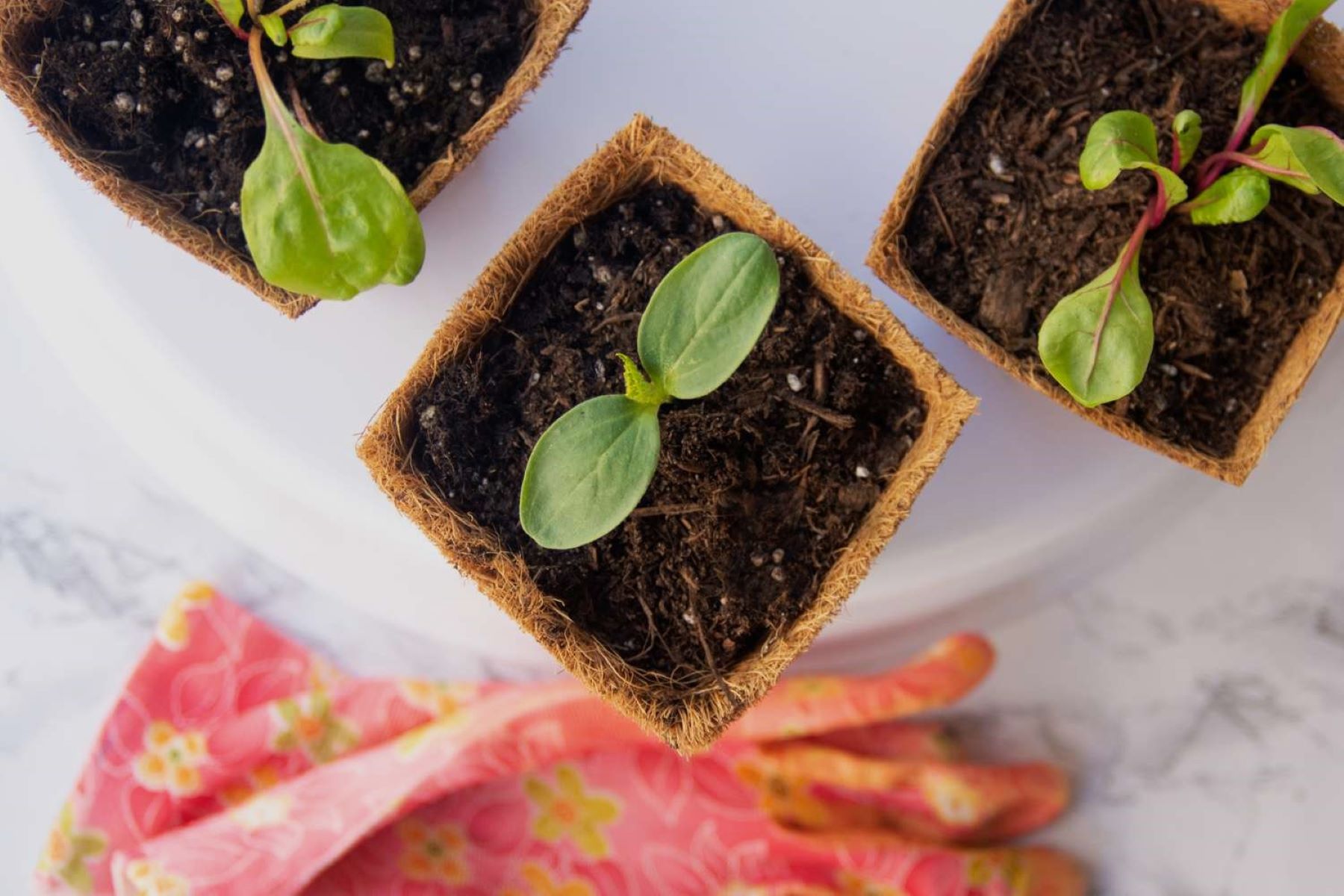
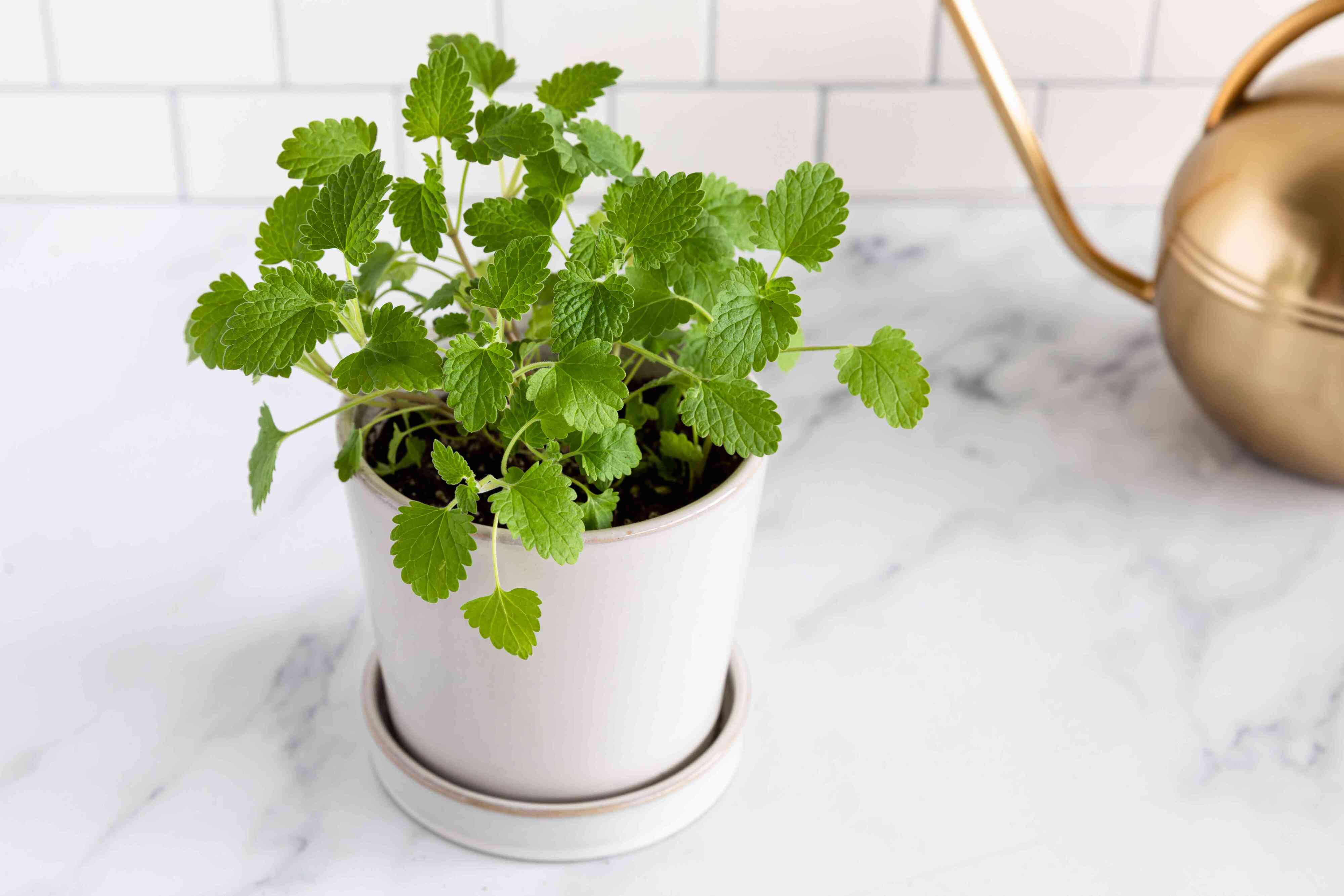
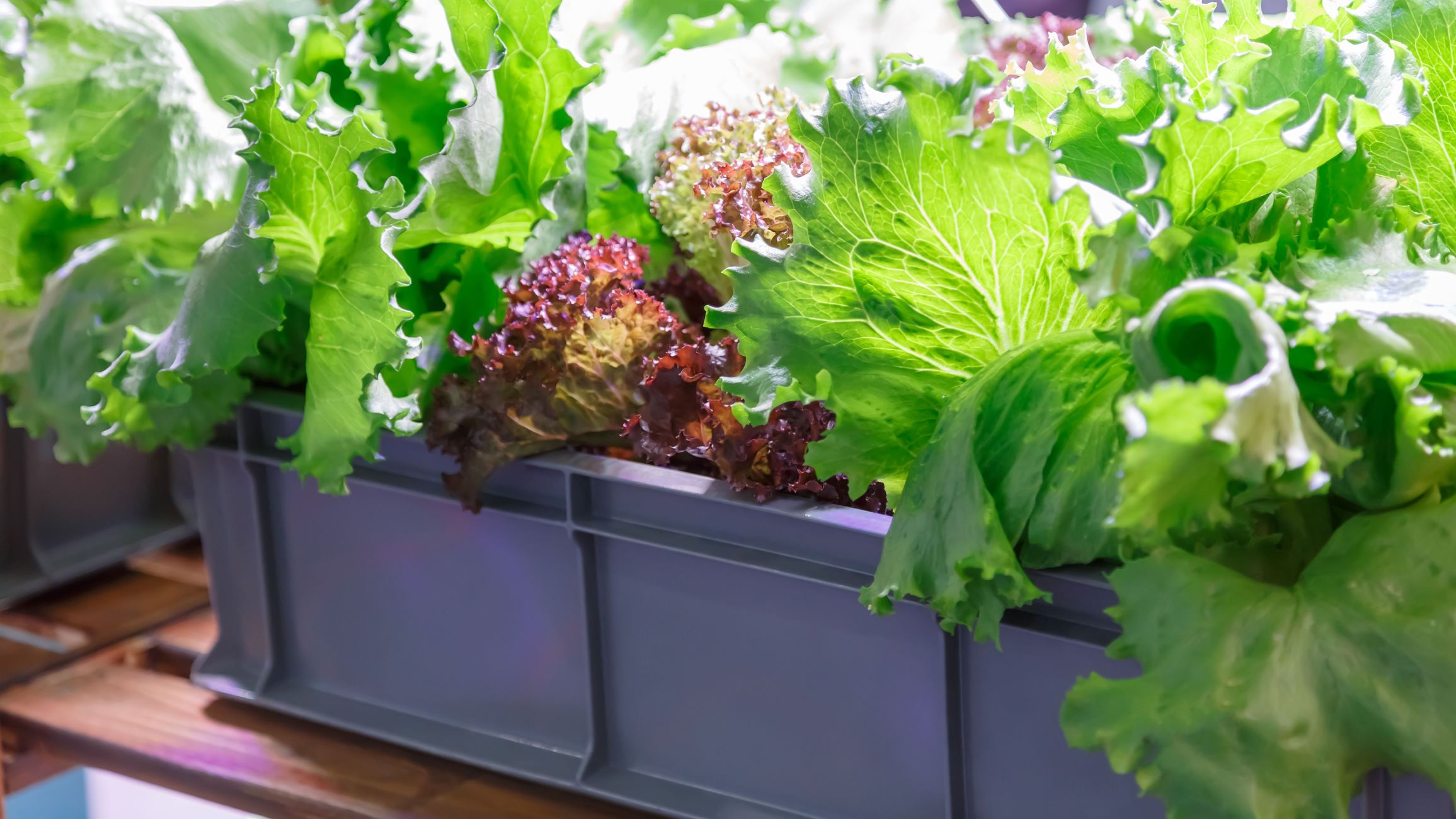
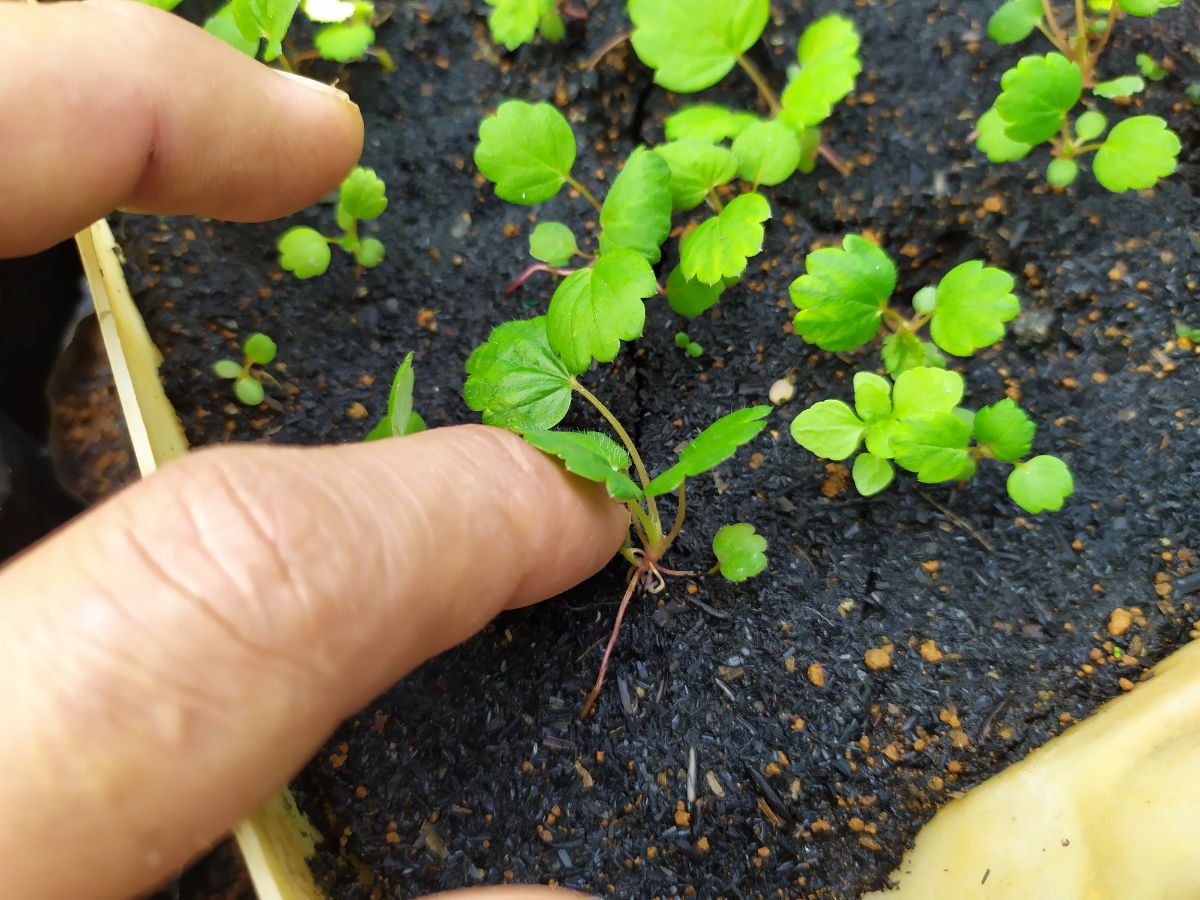
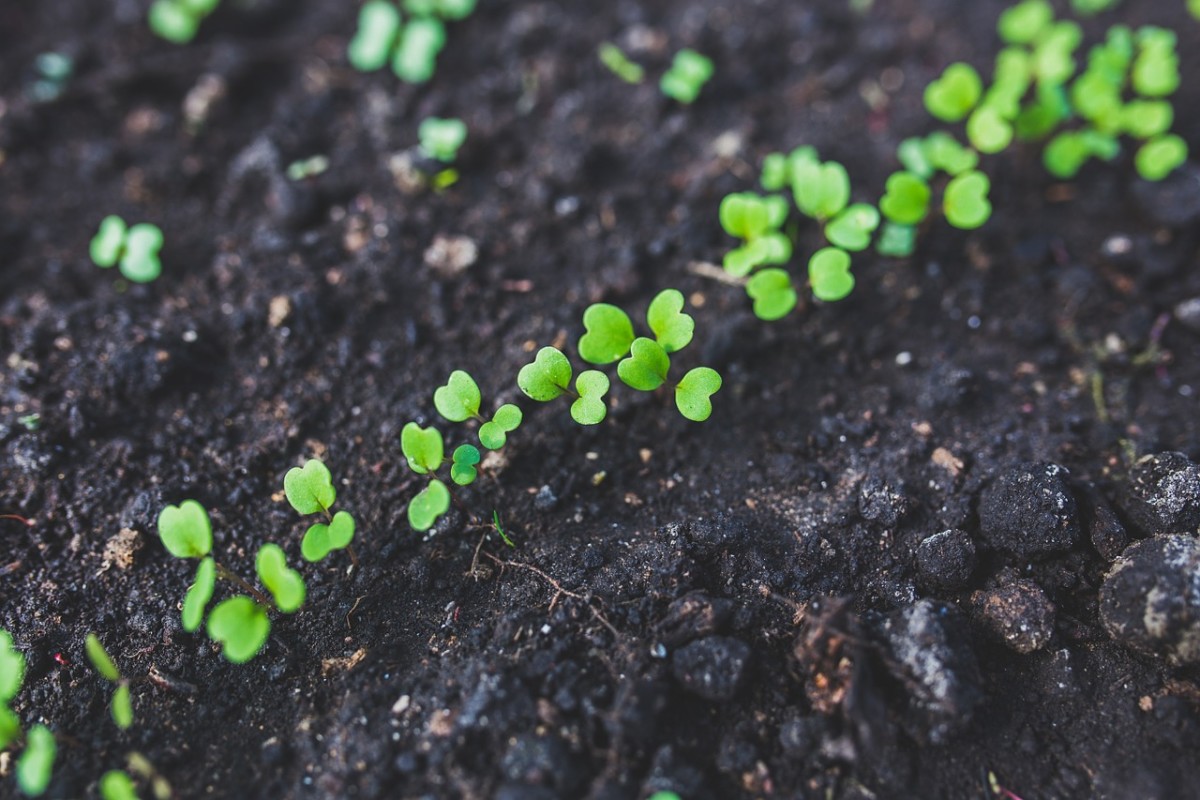
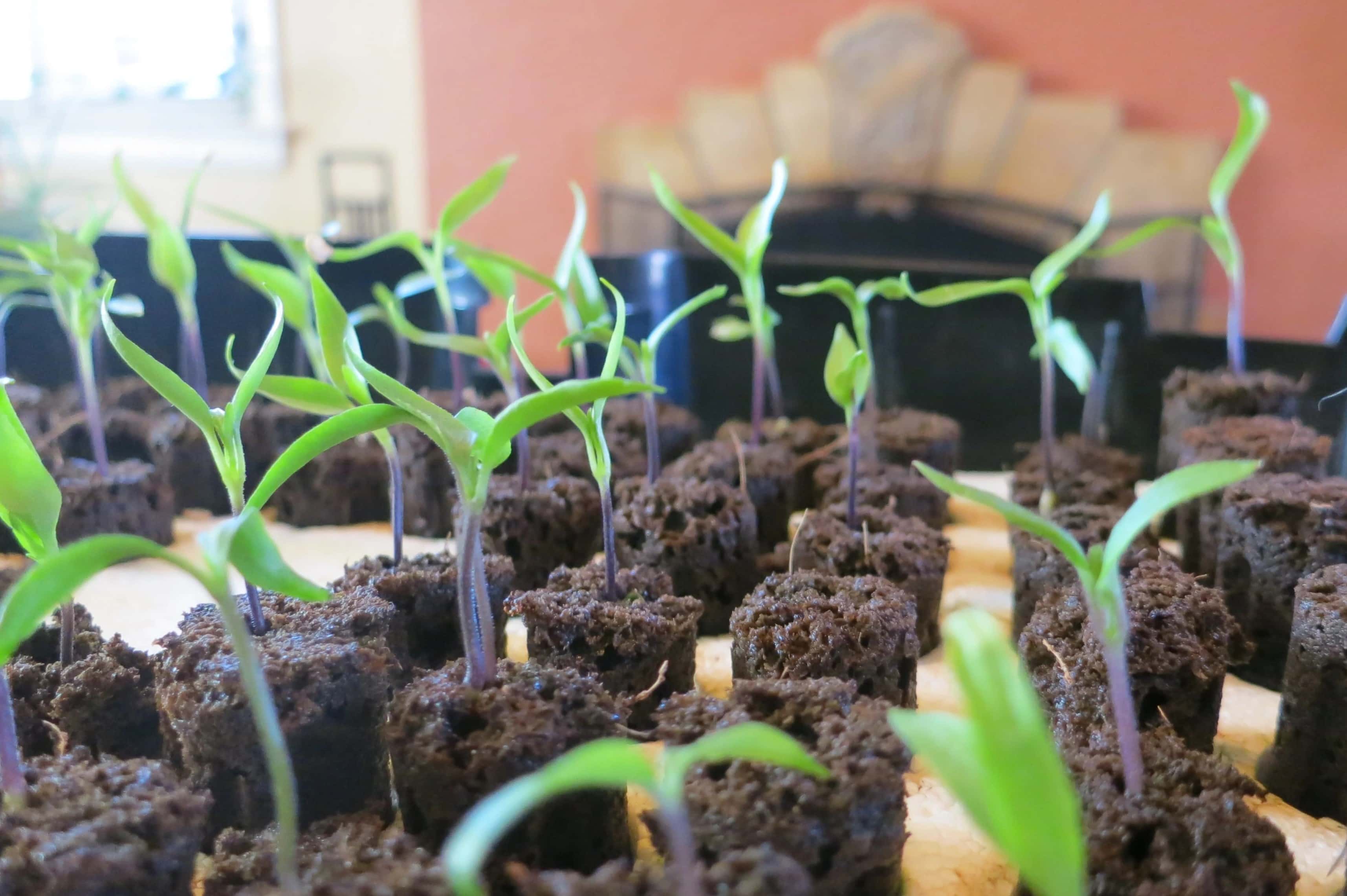
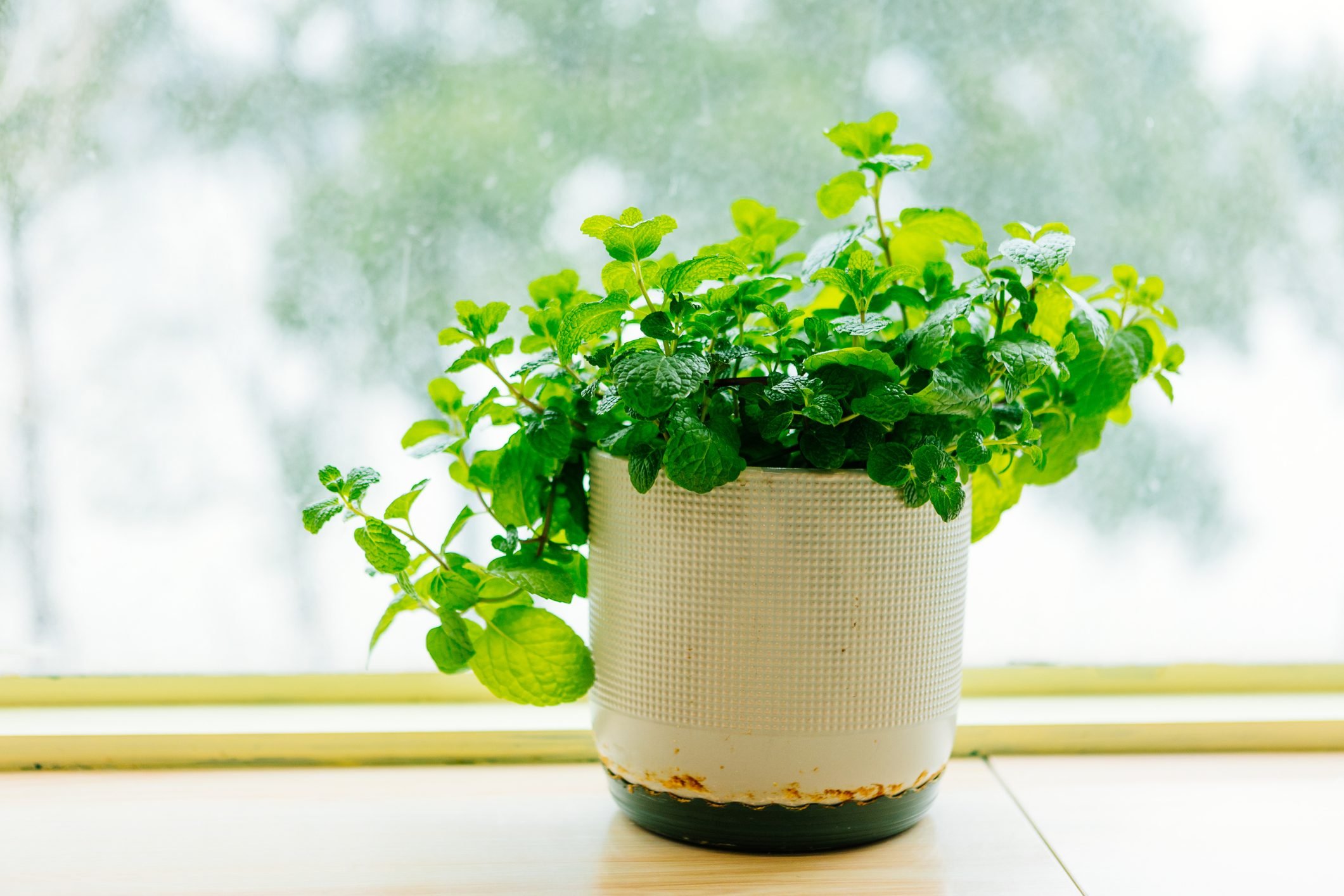
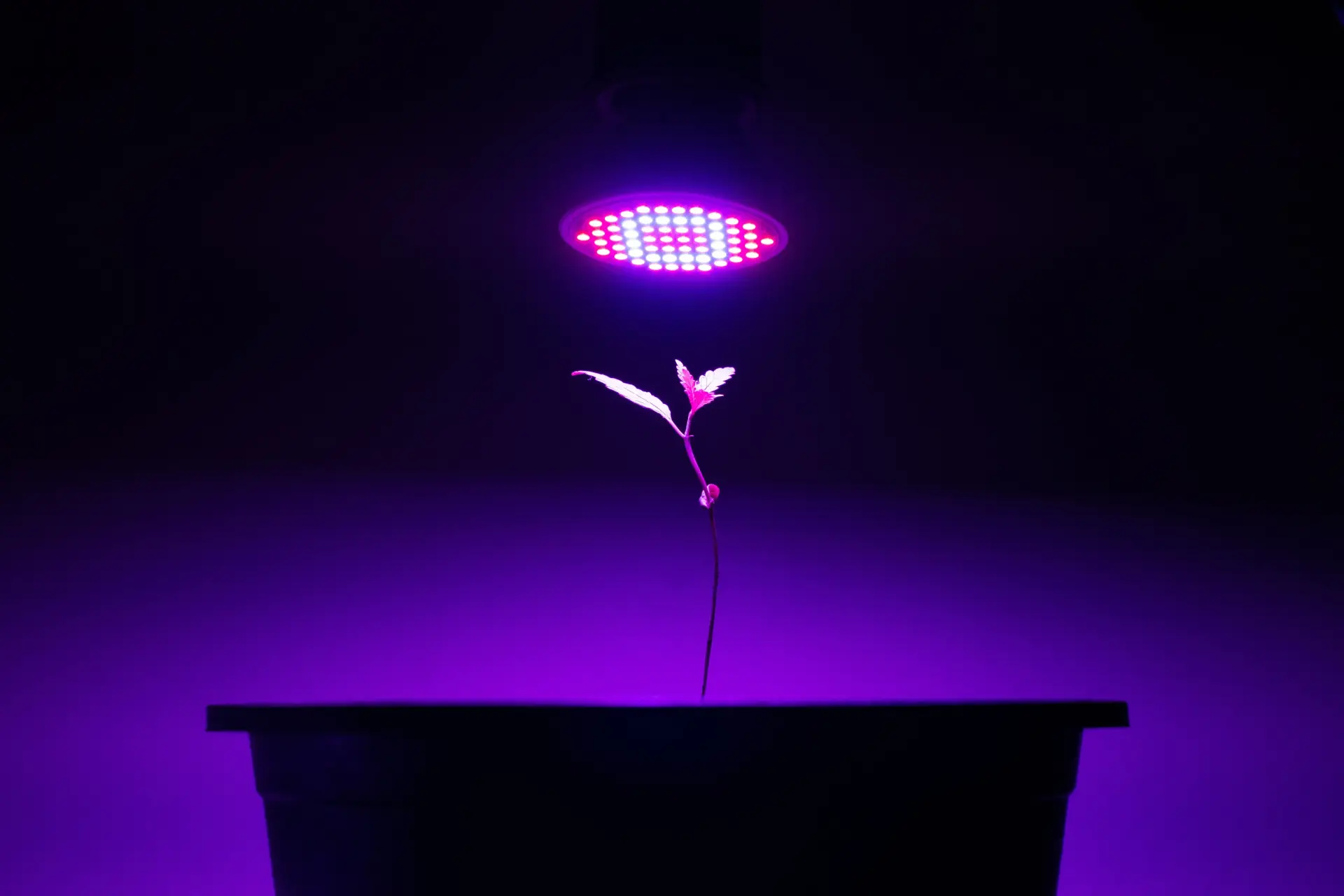






0 thoughts on “How To Grow Cilantro From Seed Indoors”